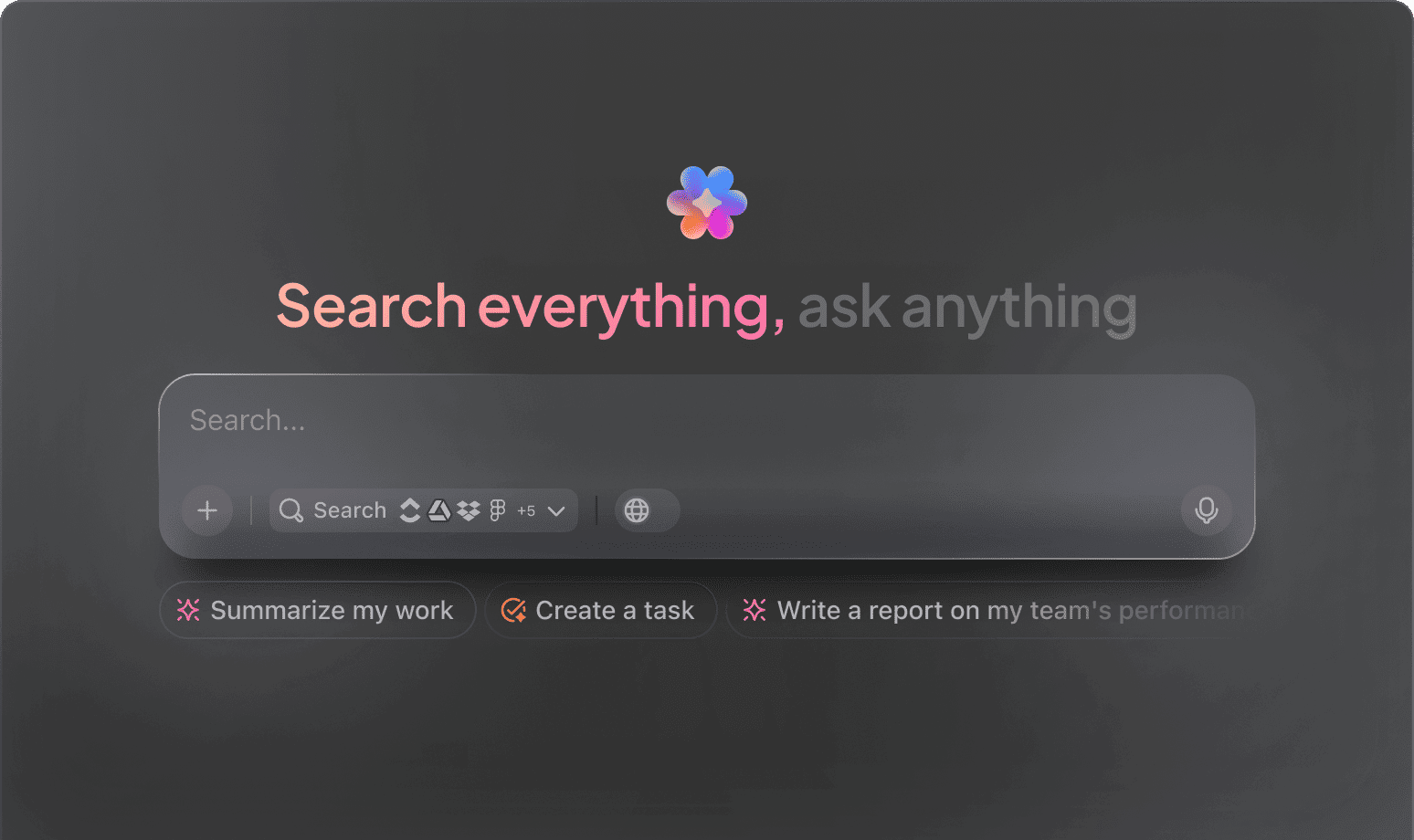AI Sports Innovation
Top AI Prompts for Inventing New Sports
Imagine fresh games, organize your ideas effortlessly, and elevate your sports concepts with ClickUp Brain.
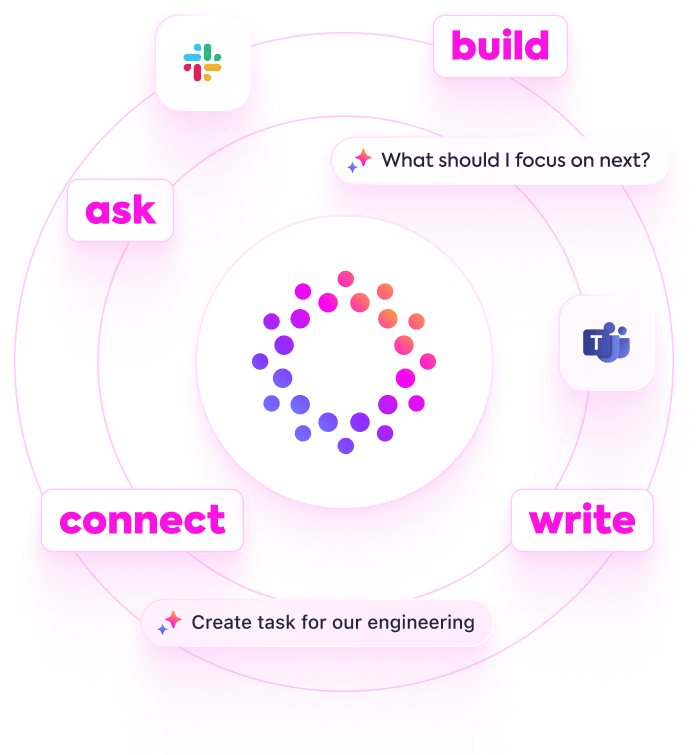
Trusted by the world’s leading businesses
AI in Sports Innovation
How AI Prompts Are Revolutionizing New Sports Creation
Inventing the next big sport goes beyond just imagination—it requires structured creativity and precise planning.
From initial concept sketches to rule development, player roles, and safety guidelines, crafting a new sport involves juggling numerous ideas, documents, and timelines. This is where AI prompts prove invaluable.
Creators now leverage AI to:
- Quickly identify emerging trends and inspirational sport formats
- Generate detailed rules, player positions, and scoring systems with minimal effort
- Break down complex safety standards and regulatory information
- Transform brainstorming notes into clear outlines, checklists, or development tasks
Integrated into everyday platforms—such as docs, whiteboards, and project trackers—AI moves beyond a simple helper. In tools like ClickUp Brain, it operates seamlessly to convert creative sparks into structured, manageable projects.
ClickUp Brain Compared to Conventional Solutions
Discover Why ClickUp Brain Stands Apart
ClickUp Brain integrates seamlessly with your workflow, understanding your context so you focus on creating, not clarifying.
Conventional AI Platforms
- Constantly toggling between apps to collect information
- Repeating your objectives with every new query
- Receiving generic, irrelevant suggestions
- Hunting through multiple platforms to locate a single document
- Interacting with AI that only processes input passively
- Manually switching among different AI engines
- Merely a browser add-on without deep integration
ClickUp Brain
- Deeply connected to your projects, notes, and team communications
- Retains awareness of your past activities and targets
- Delivers insightful, context-driven guidance
- Provides a centralized search across all your resources
- Enables hands-free interaction with Talk to Text
- Automatically selects the optimal AI model: GPT, Claude, Gemini
- Dedicated desktop applications for Mac & Windows optimized for performance
Innovative Sports Creation Prompts
15 Powerful AI Prompts for Inventing New Sports (Proven in ClickUp Brain)
Accelerate sports innovation—conceptualize, analyze, and refine effortlessly.

List 5 gameplay concepts for a hybrid indoor-outdoor sport, drawing from the ‘Urban Play 2025’ brief.
Use Case: Speeds up brainstorming by leveraging existing creative frameworks.
ClickUp Brain Behaviour: Analyzes linked documents to extract themes and suggests innovative gameplay ideas.

What gear innovations are popular in affordable team sports in North America?
Use Case: Supports design choices with up-to-date market insights.
ClickUp Brain Behaviour: Aggregates findings from internal reports; Brain Max can supplement with external data if accessible.

Create a concise ruleset for a minimalist sport inspired by Scandinavian traditions, referencing ‘Game Mechanics #8’ and prior notes.
Use Case: Aligns development and coaching teams with a clear framework.
ClickUp Brain Behaviour: Extracts relevant details from linked files to generate a structured rules document.

Summarize scoring methodologies of two emerging sports using the ‘Scoring Analysis Q2’ report.
Use Case: Facilitates comparative evaluation without manual data review.
ClickUp Brain Behaviour: Pulls tabular and narrative data from documents to produce a concise comparison.

Identify leading materials in cutting-edge sports gear, based on R&D and supplier documentation.
Use Case: Guides material selection for new equipment designs.
ClickUp Brain Behaviour: Scans internal sources to list common materials and their performance attributes.

From the ‘Safety Protocols’ document, produce a checklist for contact sport safety measures.
Use Case: Streamlines safety planning with clear, actionable steps.
ClickUp Brain Behaviour: Extracts criteria and formats them into a structured checklist within tasks or docs.

Outline 3 emerging player interaction trends in team sports from post-2024 research.
Use Case: Keeps game design aligned with evolving player preferences.
ClickUp Brain Behaviour: Identifies patterns and insights from linked research and notes.

From the ‘Gen Z Athlete Survey Q1’ document, summarize preferences for sports app interfaces.
Use Case: Helps UX teams tailor digital tools to younger athletes.
ClickUp Brain Behaviour: Analyzes survey responses to highlight recurring design themes.

Craft concise, engaging UI text for a scoring app, following the ‘BrandVoice.pdf’ guidelines.
Use Case: Accelerates UI content creation with consistent tone.
ClickUp Brain Behaviour: References tone guidelines and suggests copy variations.

Summarize 2025 safety regulation updates and their effects on equipment design.
Use Case: Ensures design compliance with new standards.
ClickUp Brain Behaviour: Condenses linked compliance documents; Brain Max can include public updates if available.

Create placement and sizing rules for wearable sensors, based on regional compliance documents.
Use Case: Guarantees adherence to local standards.
ClickUp Brain Behaviour: Extracts measurements and positioning rules to form a compliance checklist.

Develop an endurance test checklist using US sports safety standards and design files.
Use Case: Supports QA teams in validating sport equipment durability.
ClickUp Brain Behaviour: Identifies requirements from PDFs and organizes tasks by test category.

Compare eco-friendly features in sports gear from top brands using competitive analysis documents.
Use Case: Informs sustainable design strategies.
ClickUp Brain Behaviour: Summarizes comparisons into clear, accessible formats.

Highlight new trends in sports training tech since 2023 from internal research and reports.
Use Case: Guides R&D teams toward innovative training solutions.
ClickUp Brain Behaviour: Synthesizes trends from research notes and uploaded studies.

Extract key usability challenges from athlete feedback in Southeast Asia sports programs.
Use Case: Drives region-specific improvements in sports design.
ClickUp Brain Behaviour: Prioritizes user-reported issues from surveys, notes, and tickets.
Create Innovative Sports Concepts Quickly with ClickUp Brain
Cut down on trial and error, unify your team's creativity, and develop fresh sports ideas effortlessly using AI-driven workflows.





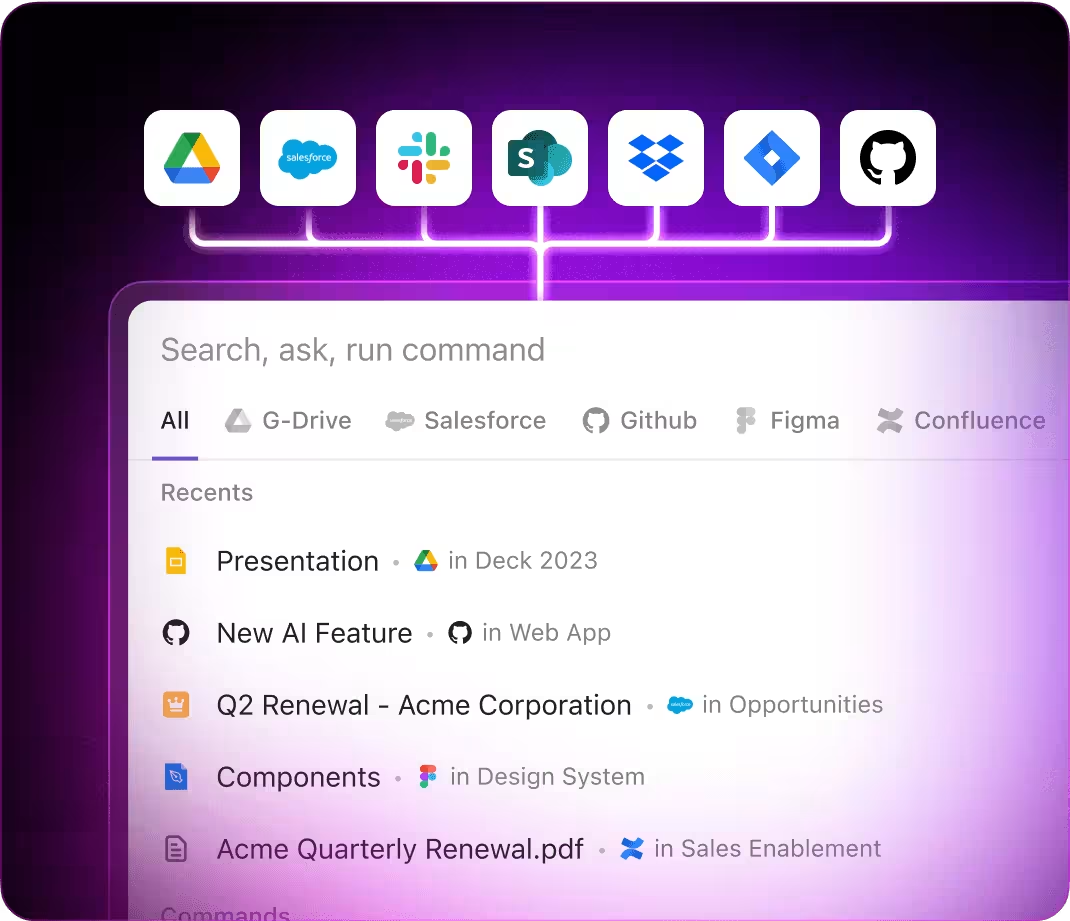
AI Applications
Leading 3 Ways AI Prompts Transform New Sports Creation with ClickUp Brain
Speed up innovation, enhance precision, and discover fresh game ideas through AI-powered prompts
From Concepts to Complete Sports Designs
Initial ideas for new sports often start as fragmented thoughts and unorganized scribbles. ClickUp Brain organizes these into clear, collaborative design documents—right within ClickUp Docs.
Leverage ClickUp Brain to:
- Convert scattered brainstorming notes into polished sport concept templates
- Create innovative sport ideas informed by previous design insights (powered by context-sensitive AI writing)
- With Brain Max, instantly explore past sport designs, player feedback, and creative assets to inspire your next breakthrough
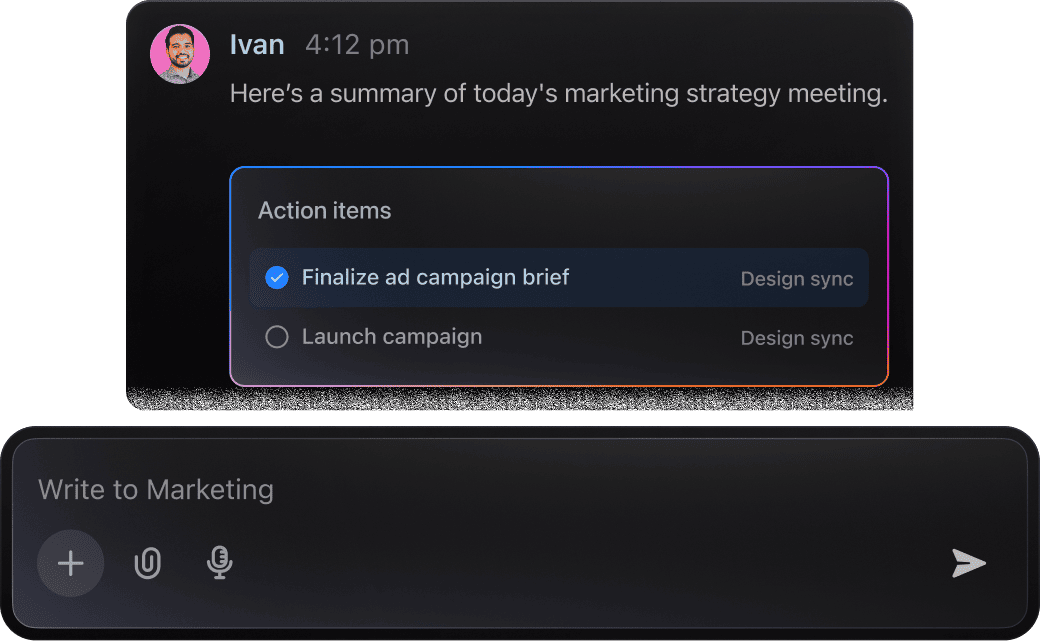
From Concept to Creation
Engineers often sift through extensive design feedback and documentation. ClickUp Brain simplifies this by pinpointing key tasks, highlighting risks, and crafting next steps directly from your notes.
Leverage ClickUp Brain to:
- Condense complex design conversations captured in tasks or Docs
- Transform detailed sketches and annotations into actionable engineering assignments
- Automatically generate problem logs or transition briefs
- With Brain Max, instantly access past design choices, component analyses, or project dialogues throughout your workspace—eliminating tedious searches through CAD files.
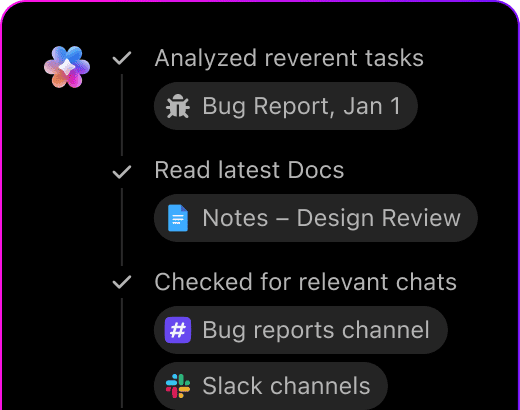
Inventing New Sports with ClickUp Brain
Creating fresh sports concepts involves balancing creativity, rules, and player engagement. ClickUp Brain simplifies this process—extracting key ideas and crafting clear, compelling descriptions that fit your vision.
Leverage ClickUp Brain to:
- Analyze brainstorming notes into clear, actionable concepts
- Develop sport rules and player guidelines with consistent tone
- Convert feedback and testing results into refined game mechanics or rule adjustments
- Brain Max enhances this by effortlessly referencing past sport designs or similar game frameworks, even over extended development periods.
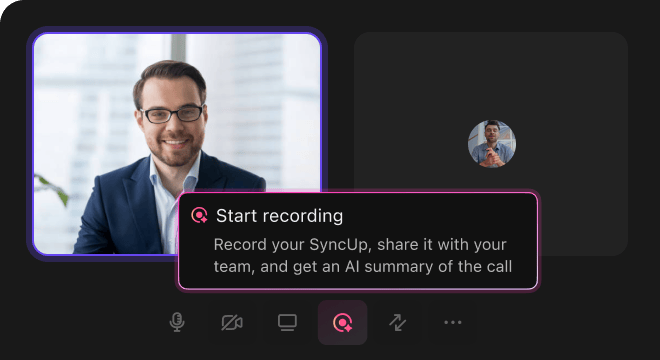
AI Advantages
How AI Prompts Revolutionize New Sports Creation
Harness AI-driven prompts to energize every stage of inventing new sports:
- Ignite creativity: Transform initial concepts into detailed game rules, equipment lists, and player roles swiftly
- Minimize guesswork: Detect rule conflicts and gameplay imbalances early through AI comparisons
- Align your team: AI-crafted summaries and briefs ensure everyone shares the same vision
- Make informed choices: Use prompts to gather insights on safety standards and audience appeal
- Innovate boldly: Push beyond traditional sports boundaries with AI-inspired ideas.
All these capabilities integrate directly within ClickUp, turning prompt results into actionable docs, tasks, and dashboards that drive your sports projects forward.
Prompt Strategies
Crafting Effective Prompts for New Sports Creation
Clear prompts unlock innovative game concepts.

Specify the sport's environment and style
Broad prompts yield vague concepts. Include details like playing field (e.g., "indoor court" or "open water"), player count (e.g., "teams of five" or "individual competition"), or game pace (e.g., "fast-paced" or "strategic and slow").
Example: "Design a new team sport for indoor arenas with fast transitions and high scoring."

Contrast different sport elements
AI excels at dissecting differences. Use prompts like “compare X with Y” to evaluate rule sets, equipment choices, or player roles.
Example: "Compare scoring systems between a point-based game and a time-limited match."

Focus on the objectives players aim to achieve
Treat your prompt as a challenge to solve. Instead of “Invent a sport,” specify desired player engagement or skill development:
Example: "Create a sport that encourages teamwork and quick decision-making for teenagers."

Ask for lists, rule summaries, or gameplay sequences
Defining the output format helps AI deliver usable results.
Example: "Provide 5 unique scoring methods for a new water-based sport, listed with brief explanations."
Revolutionize Sports Creation with ClickUp Brain
ClickUp Brain goes beyond organizing tasks—it's your innovative partner throughout the entire process of inventing new sports.





